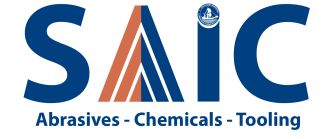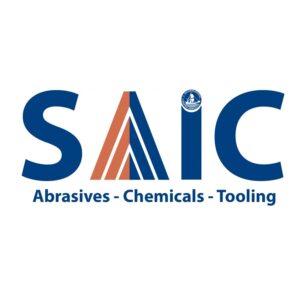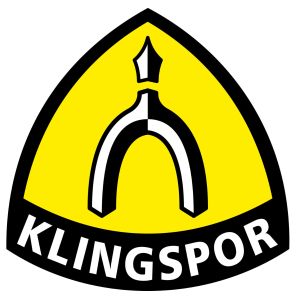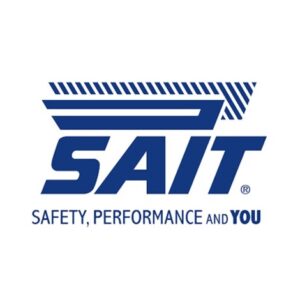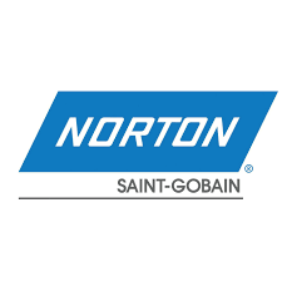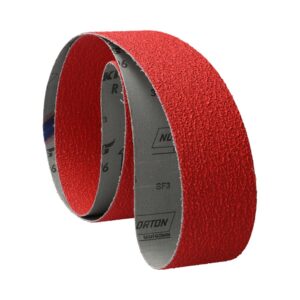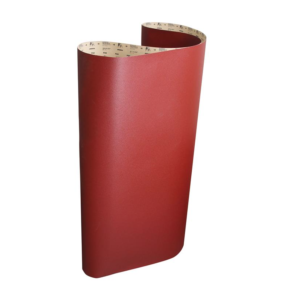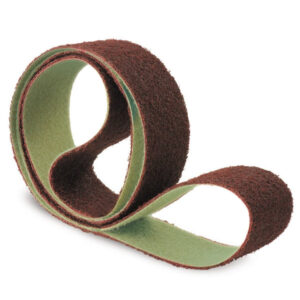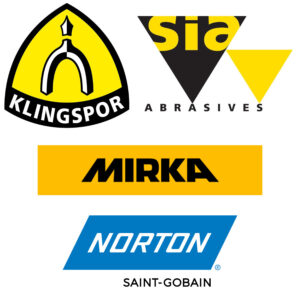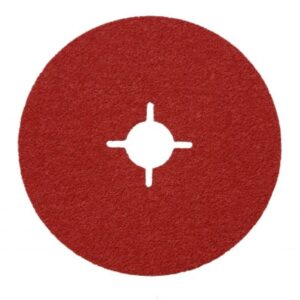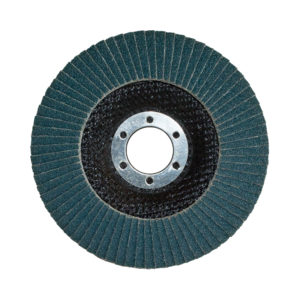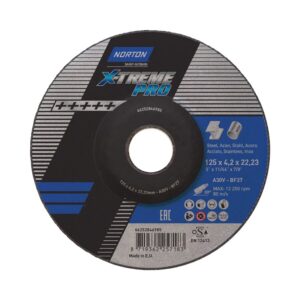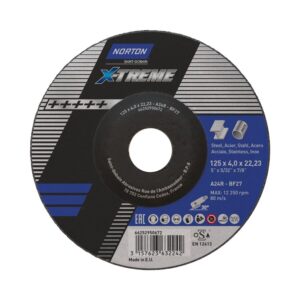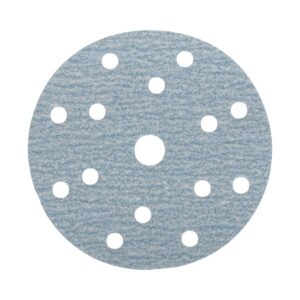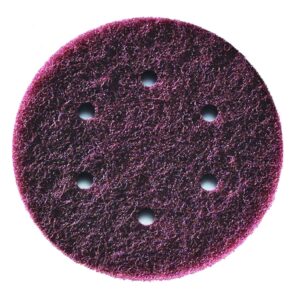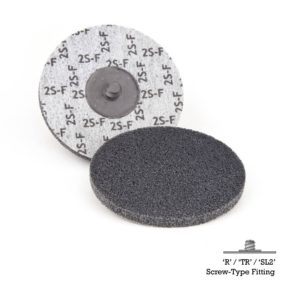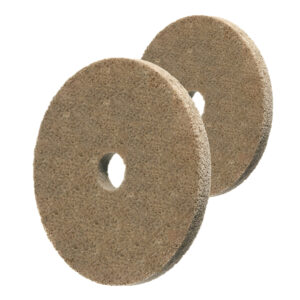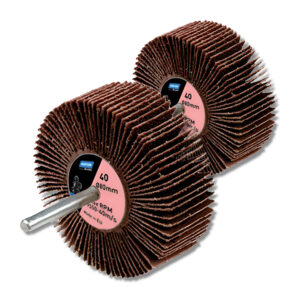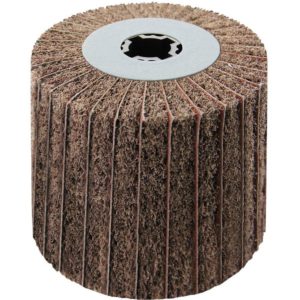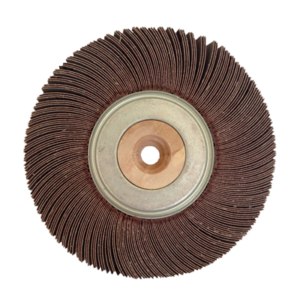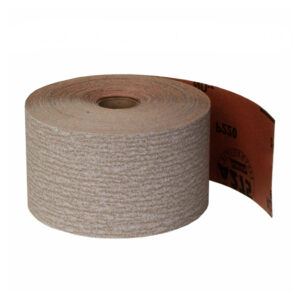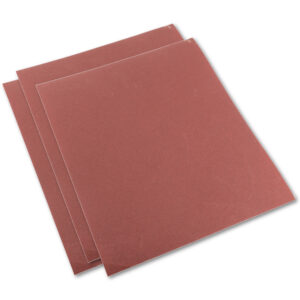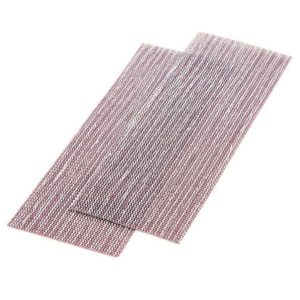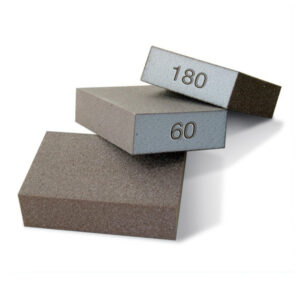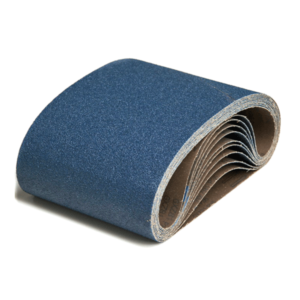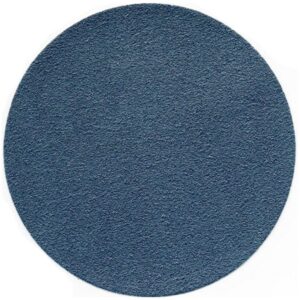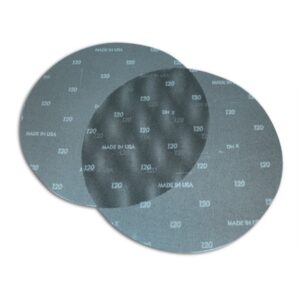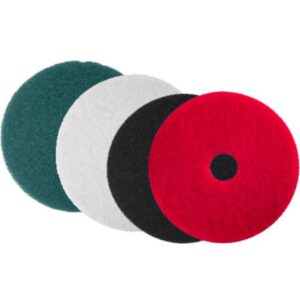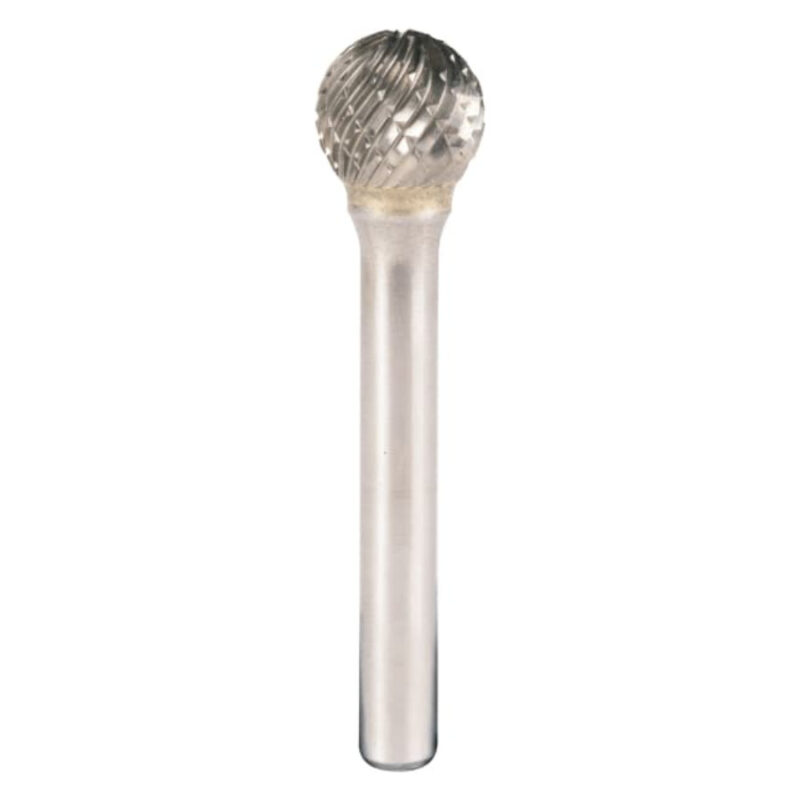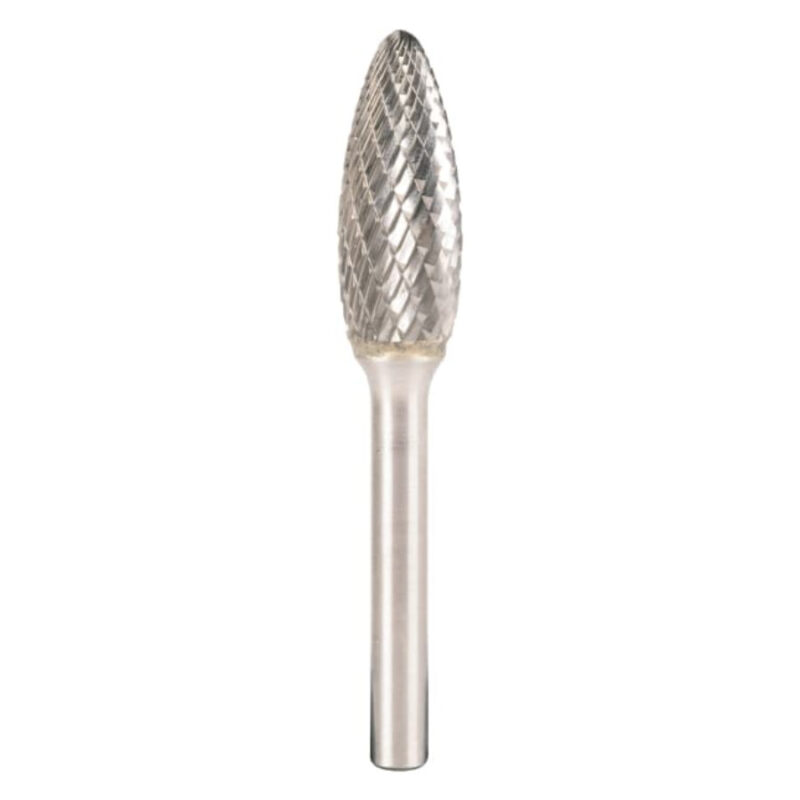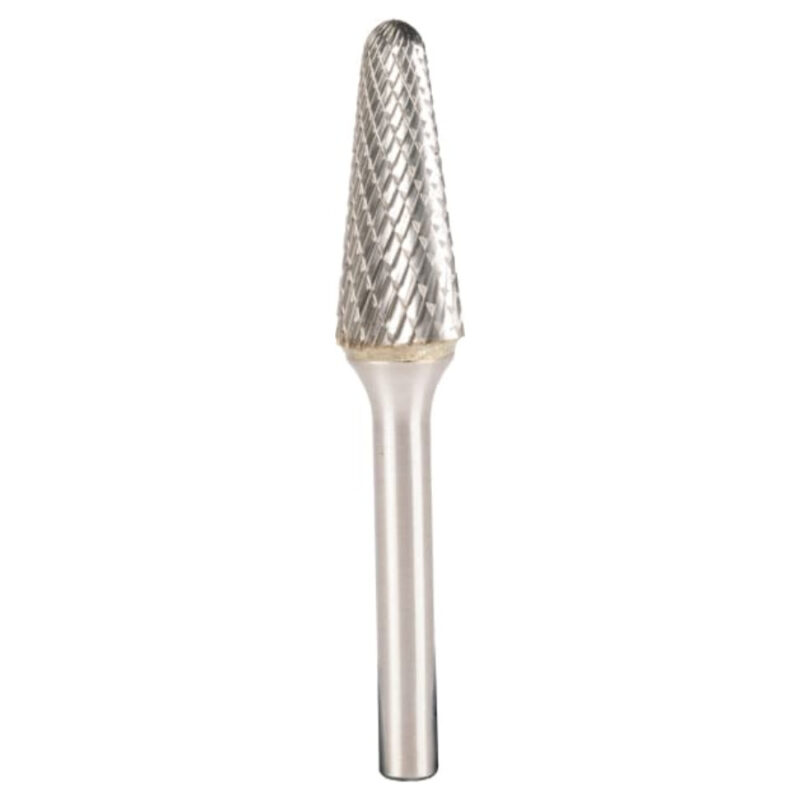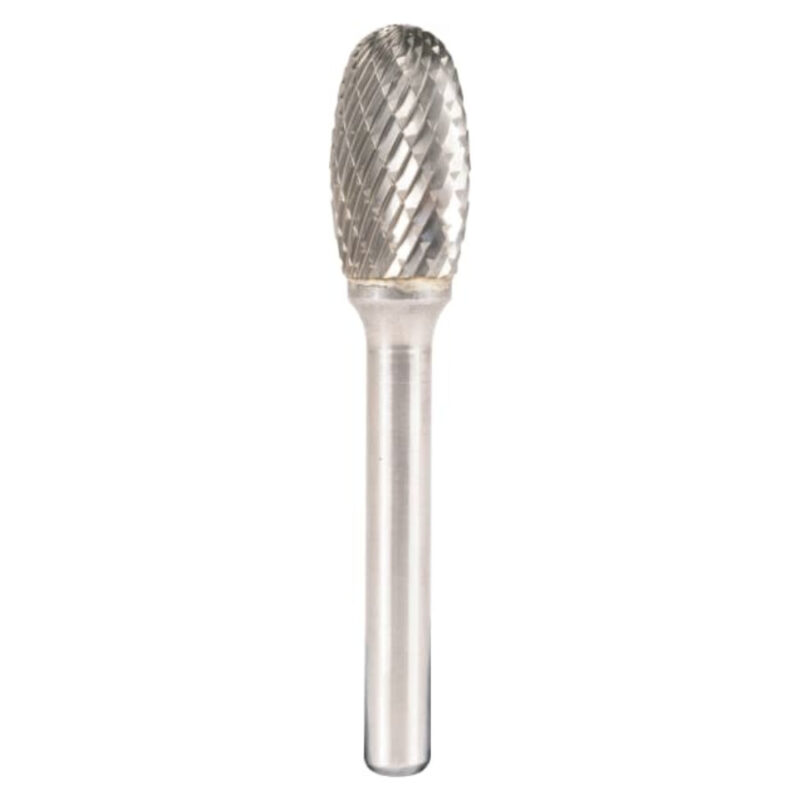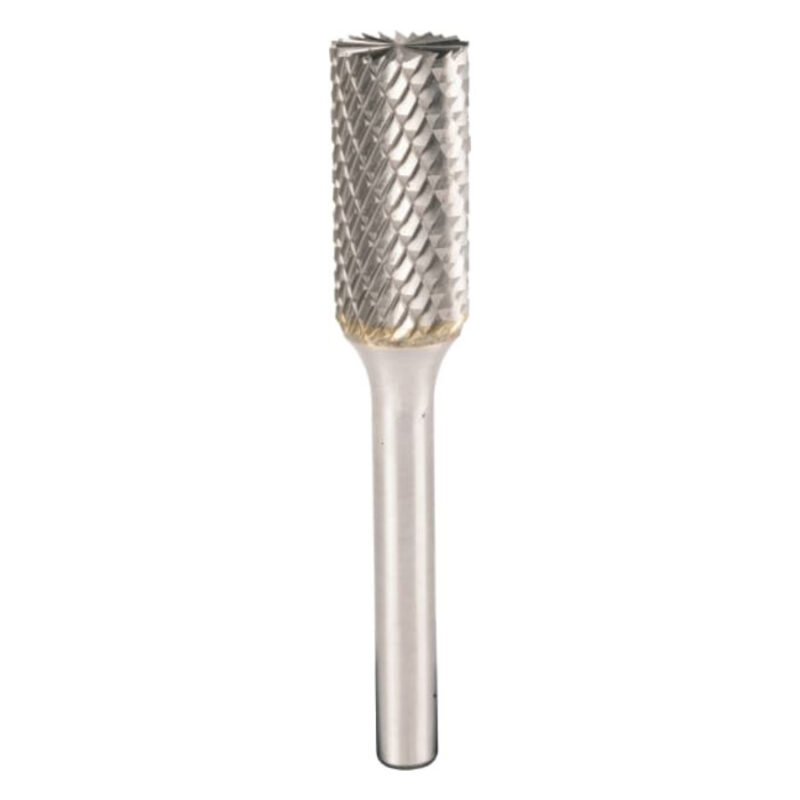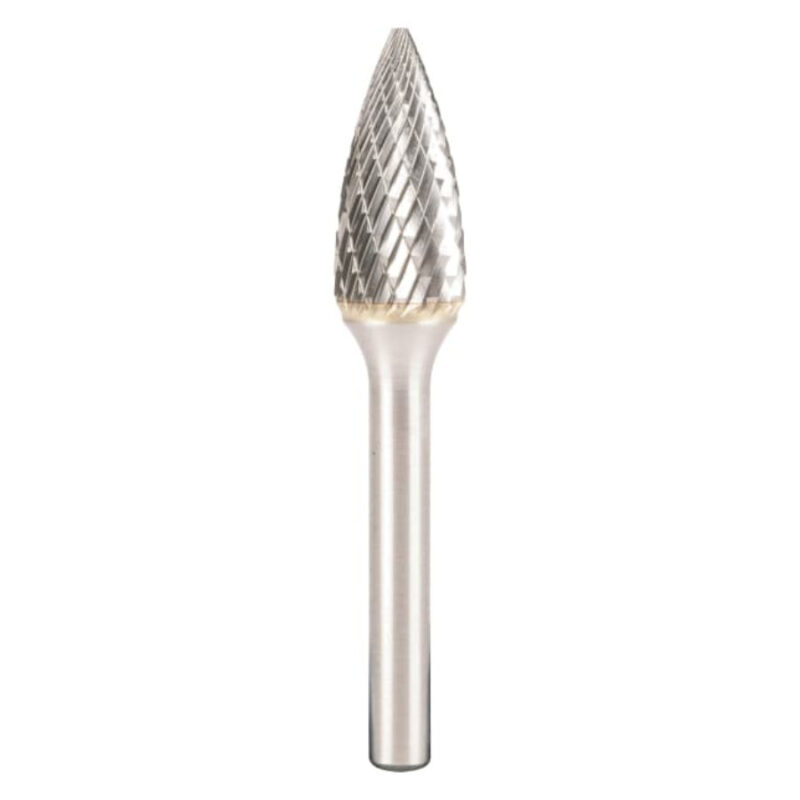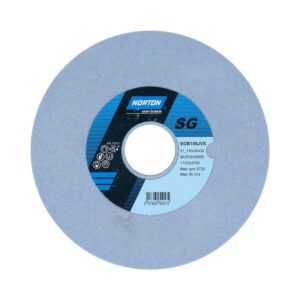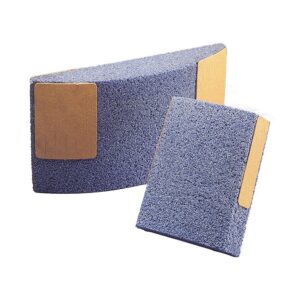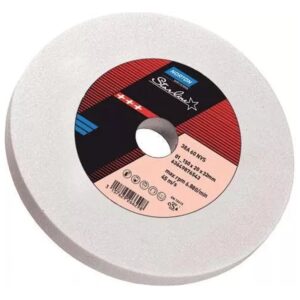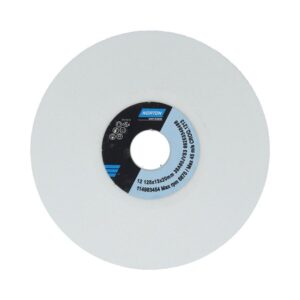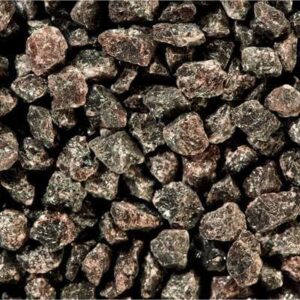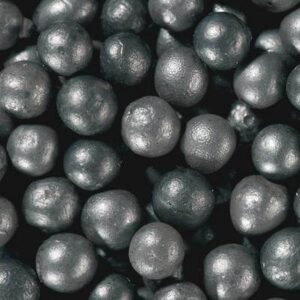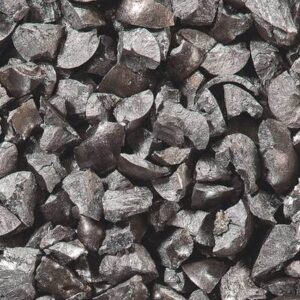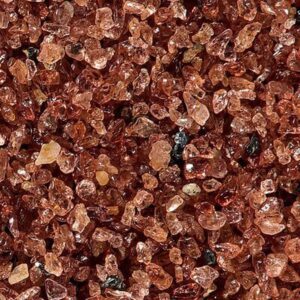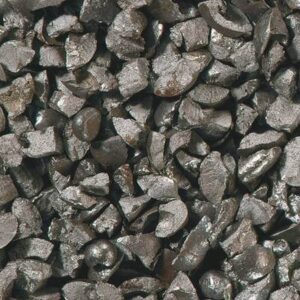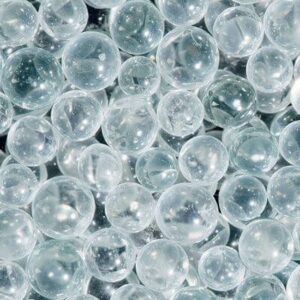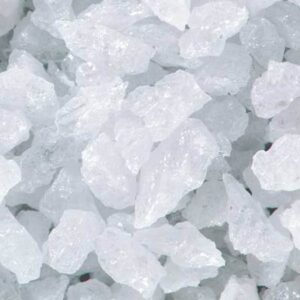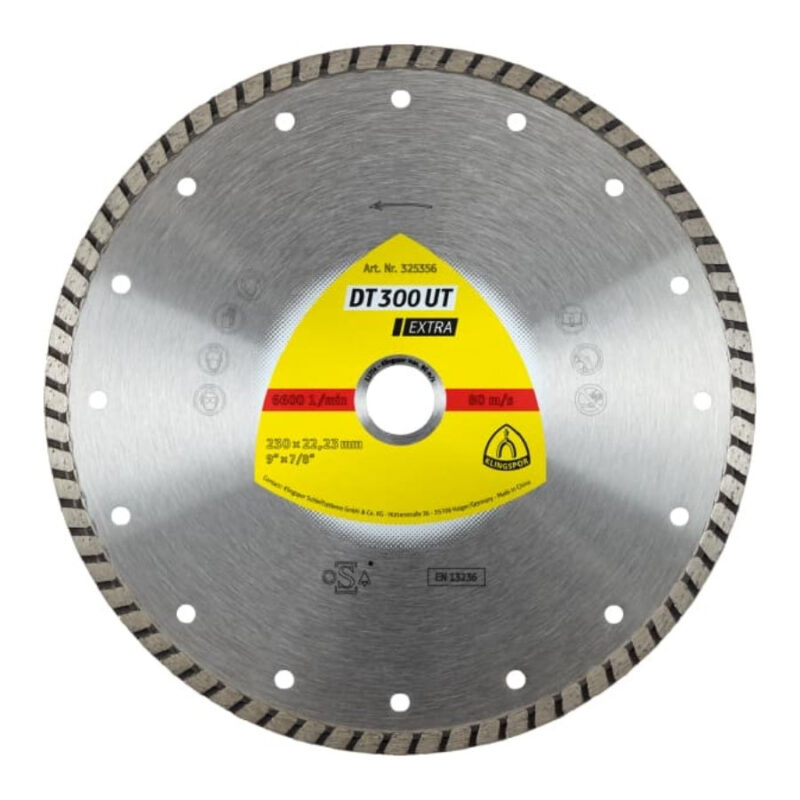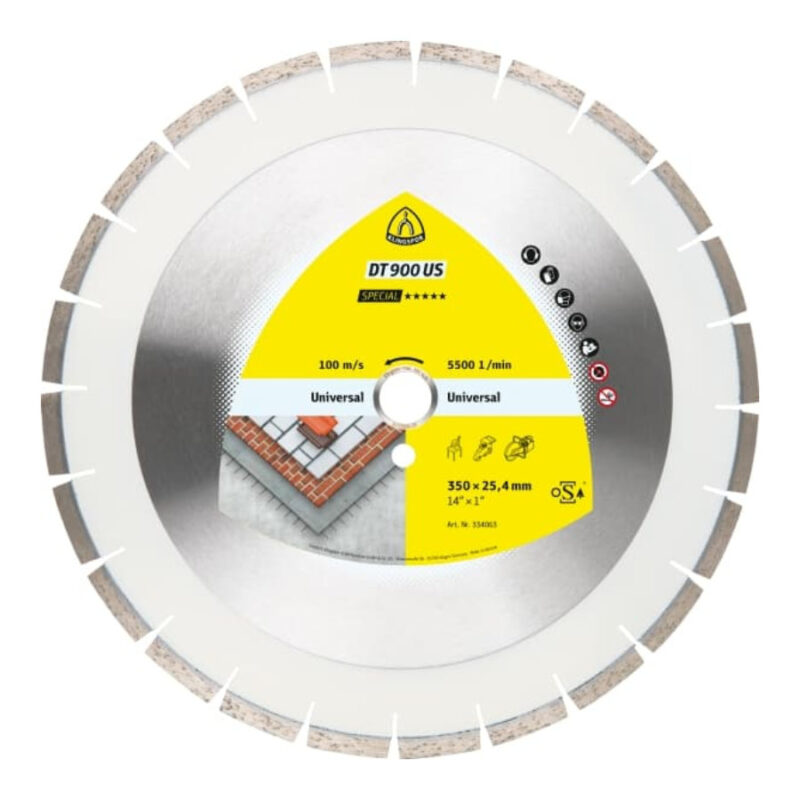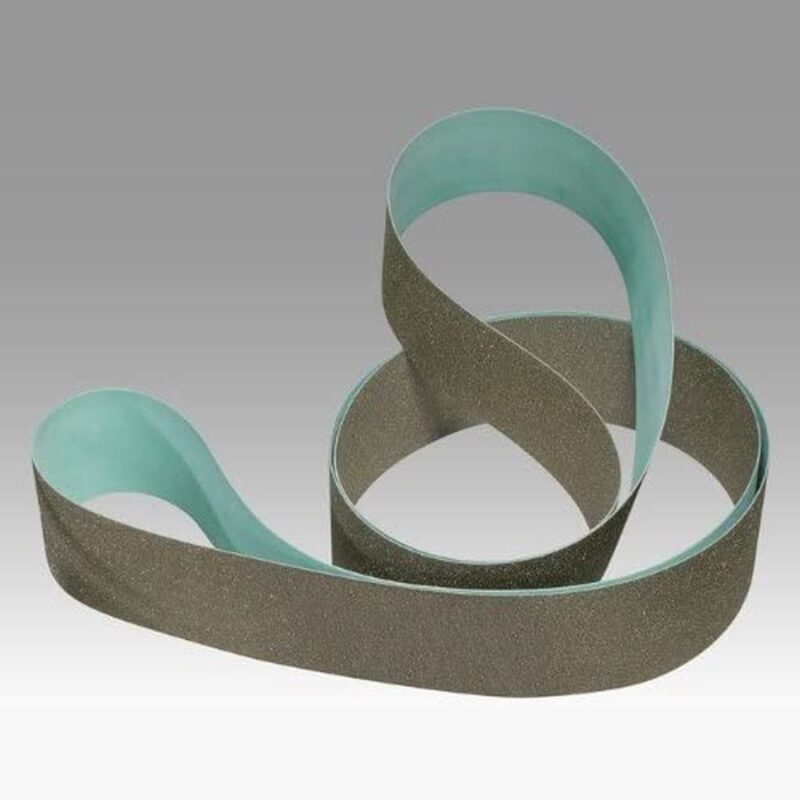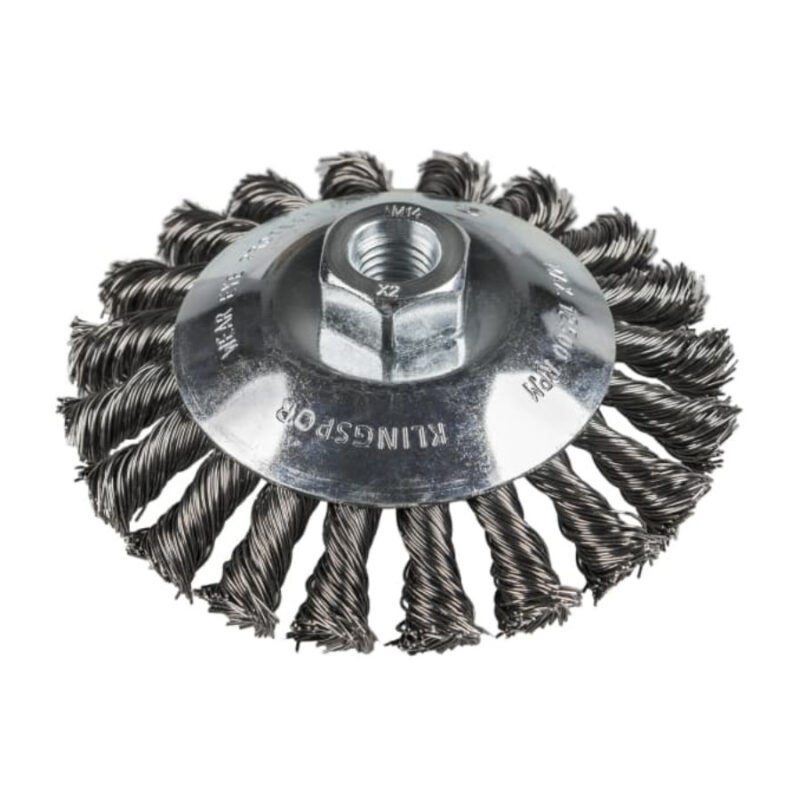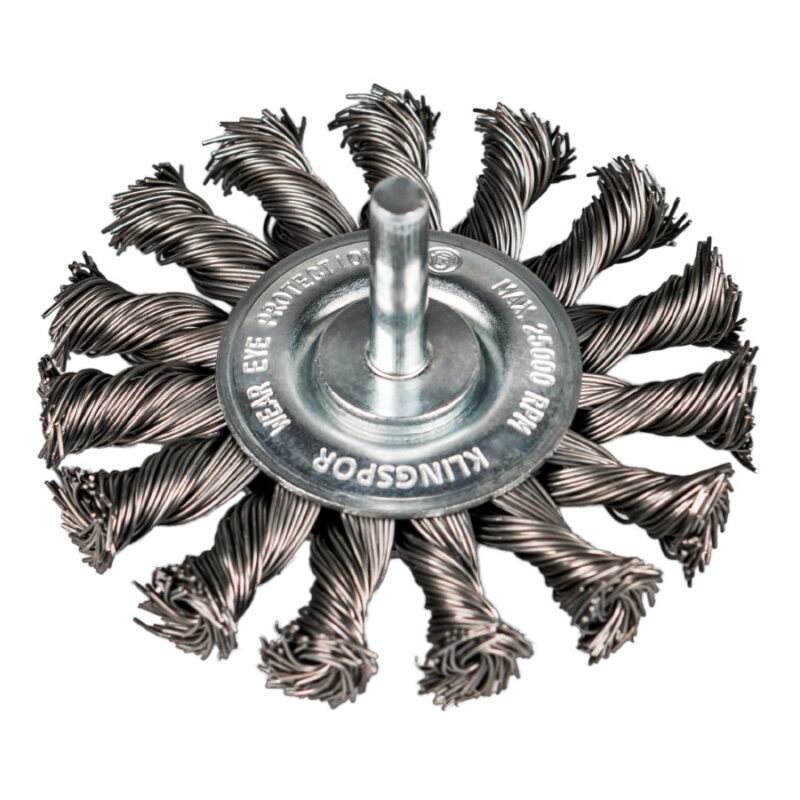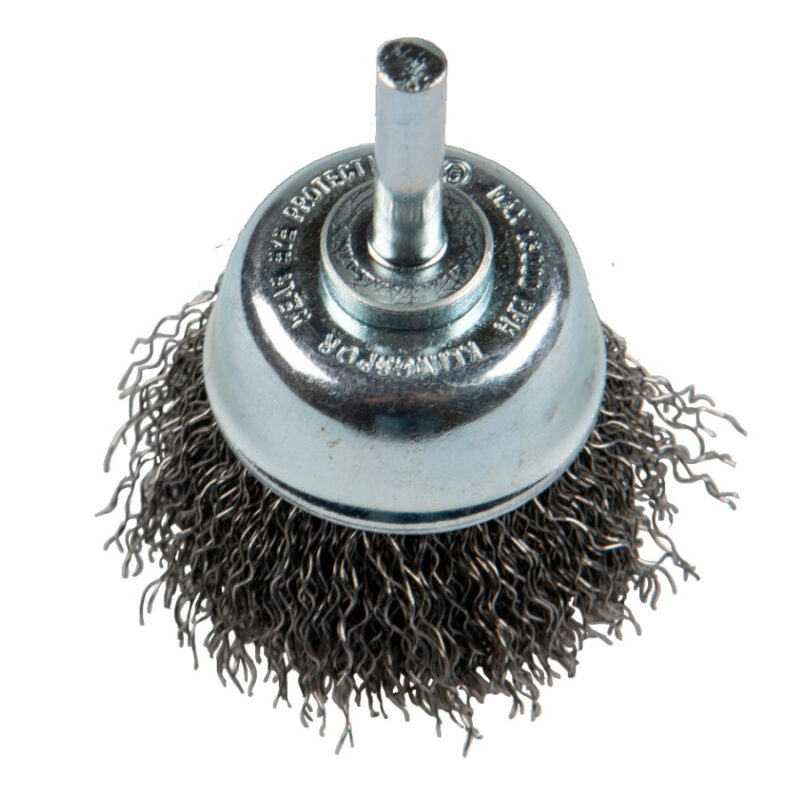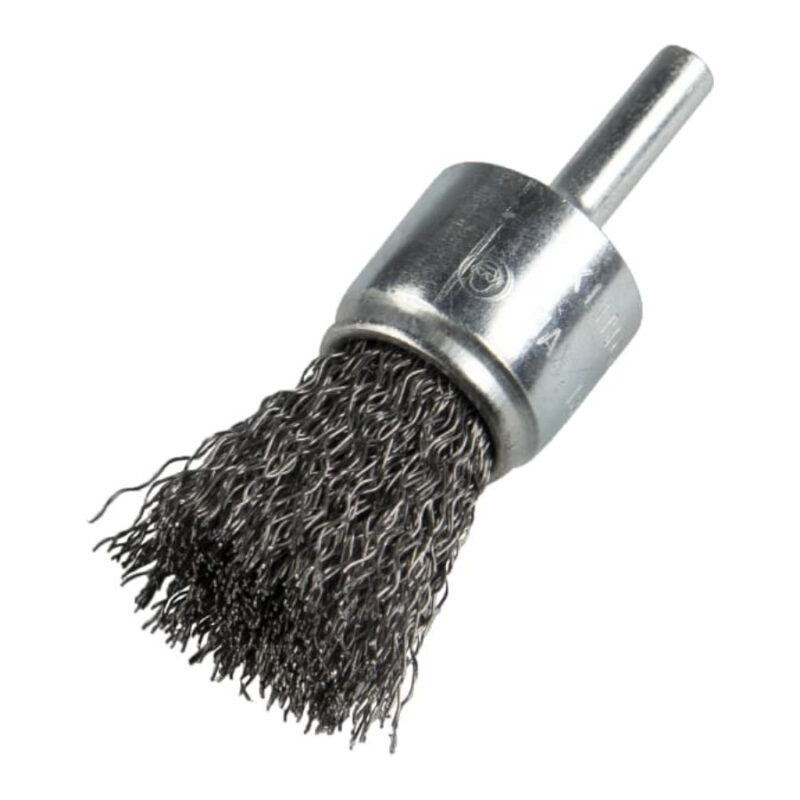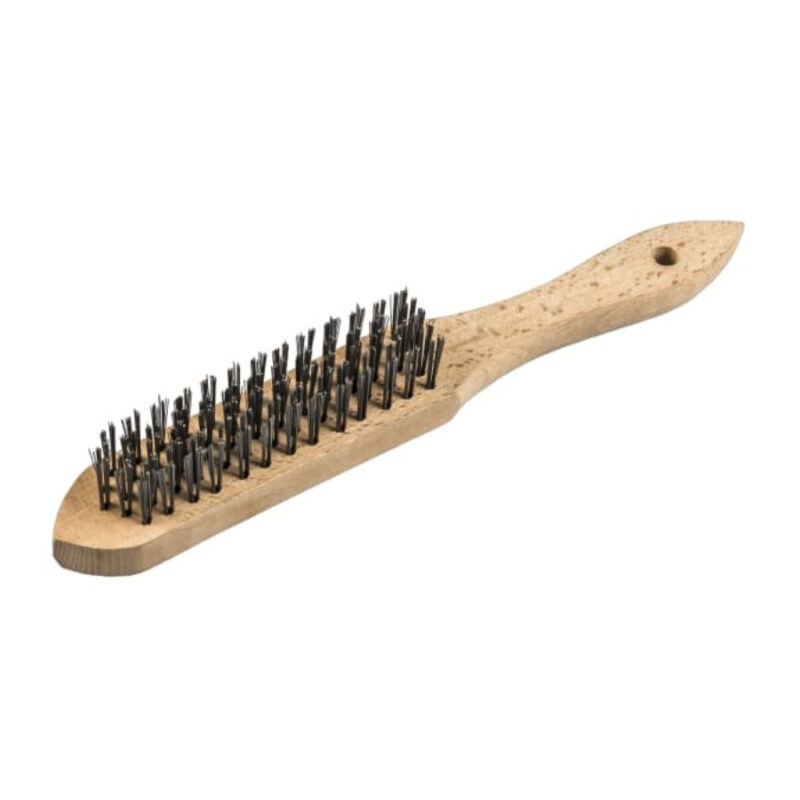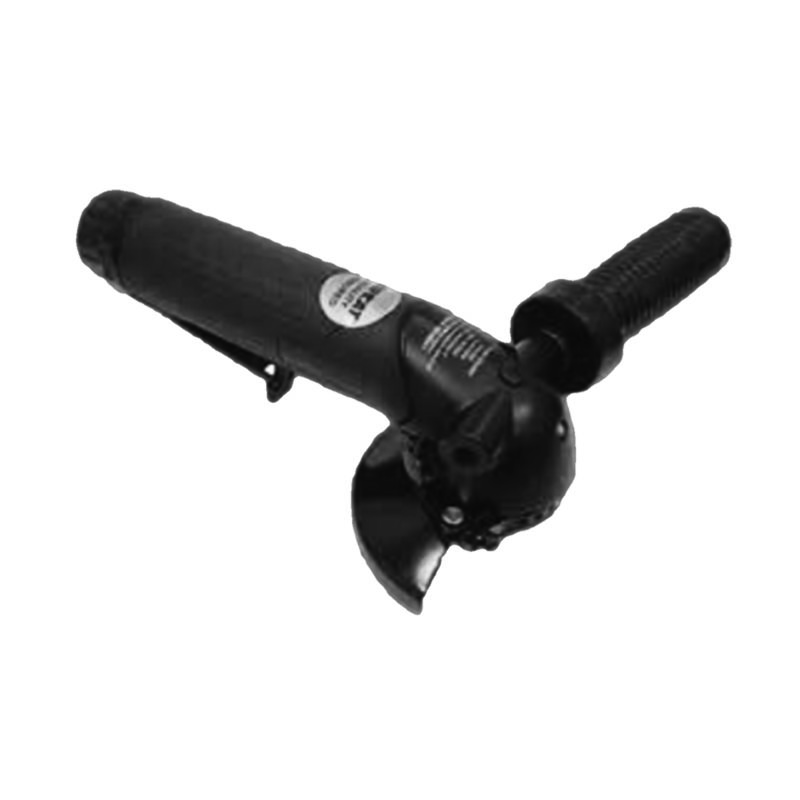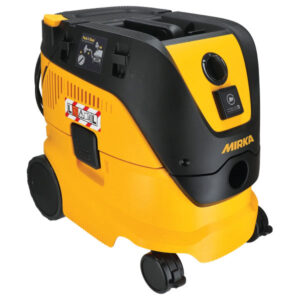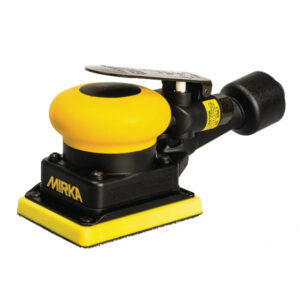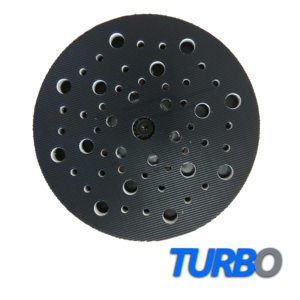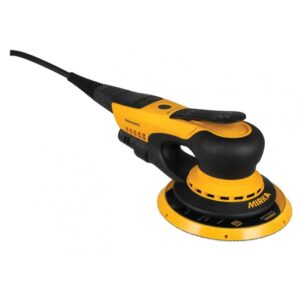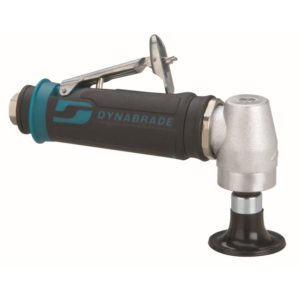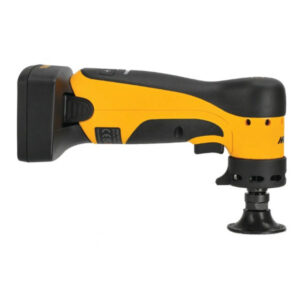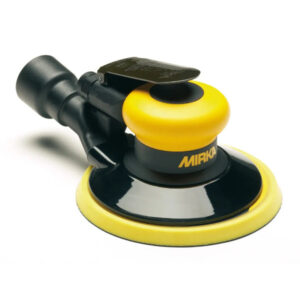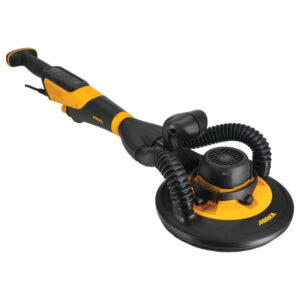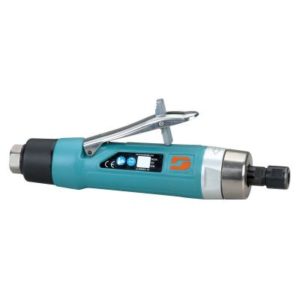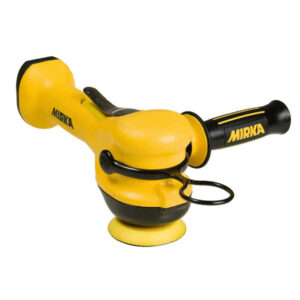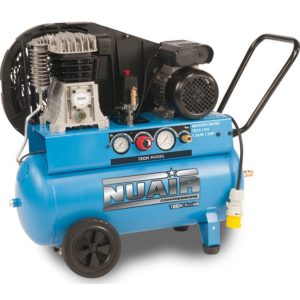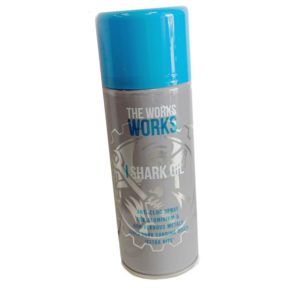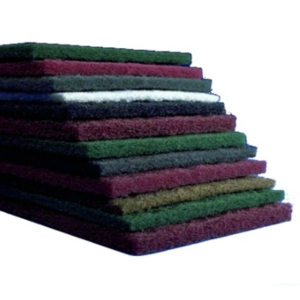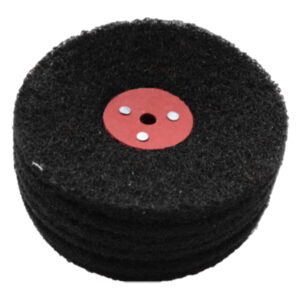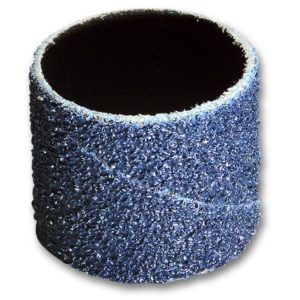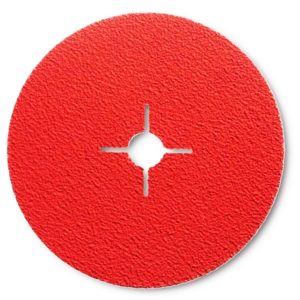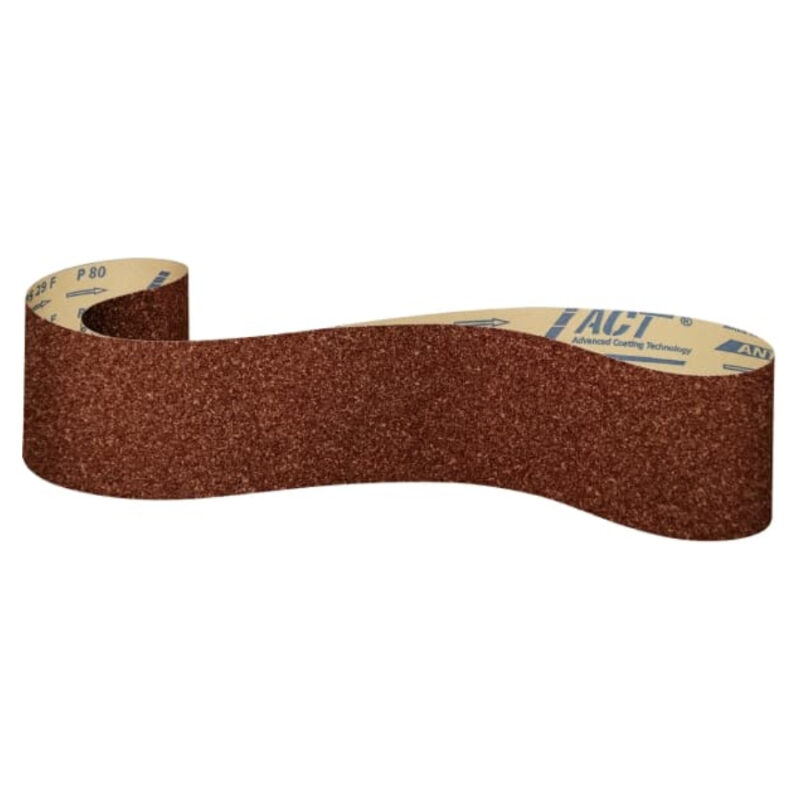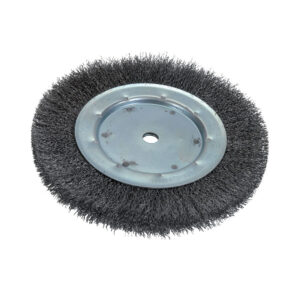Grinding Wheels
Grinding wheels are abrasive tools used for grinding, cutting, and finishing operations in a range of industries, including metalworking, woodworking, and construction. They consist of abrasive particles, such as aluminum oxide, silicon carbide, or diamond, that are bonded together using various types of materials, such as resin, vitrified, or metal.
One of the key advantages of grinding wheels is their versatility. They can be used for a wide range of applications, including surface grinding, cylindrical grinding, and tool and cutter grinding. Grinding wheels are suitable for use on various materials, including metals, plastics, composites, and ceramics. This makes them a versatile and cost-effective solution for many industrial applications.
Another advantage of grinding wheels is their efficiency and performance. Grinding wheels can remove material quickly and efficiently, reducing grinding time and improving productivity. They can also produce a consistent surface finish, reducing the need for additional finishing steps. Additionally, grinding wheels can reduce heat and friction during grinding, which can help prevent workpiece deformation and improve surface quality.
Grinding wheels are also easy to use and maintain. They can be easily attached to various types of grinding machines and power tools, such as surface grinders, cylindrical grinders, and tool and cutter grinders. Grinding wheels are also easy to replace when worn out, reducing downtime and improving efficiency. Additionally, grinding wheels can be dressed and trued, ensuring consistent performance and prolonging their lifespan.
When selecting grinding wheels, it is important to consider several factors, including the material, grit size, and hardness of the abrasive particles, as well as the shape and size of the grinding wheel. The material and hardness of the abrasive particles determine the suitability of the grinding wheel for different applications and workpiece materials. For example, aluminum oxide grinding wheels are suitable for general-purpose grinding of ferrous metals, while silicon carbide grinding wheels are suitable for grinding non-ferrous metals and non-metallic materials.
The grit size of the abrasive particles determines the level of material removal and the surface finish. Coarse grits are ideal for heavy material removal and roughing operations, while fine grits are suitable for finishing and polishing. Additionally, the shape and size of the grinding wheel affect the performance and efficiency of the grinding operation. For example, cylindrical grinding wheels are ideal for grinding cylindrical or conical surfaces, while surface grinding wheels are suitable for grinding flat surfaces.
In conclusion, grinding wheels are versatile and efficient abrasive tools used in a range of industries for grinding, cutting, and finishing operations. They offer a range of advantages, including versatility, efficiency, performance, ease of use, and maintenance. When selecting grinding wheels, it is important to consider several factors to ensure optimal performance and results. With the right grinding wheel, you can achieve the desired surface finish quickly and efficiently, improving productivity and reducing costs.
